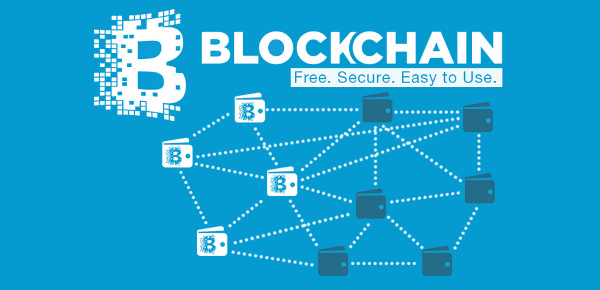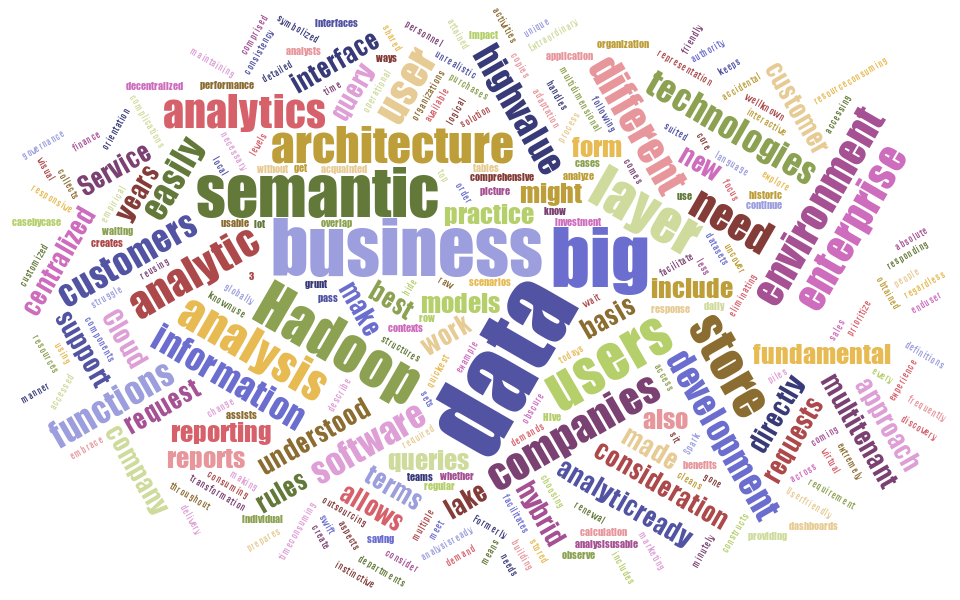As companies work to make big data globally available in the form of easily usable analytics, they should consider outsourcing functions to the cloud. By choosing Big Data as a Service solution that handles the resource-consuming and time-consuming operational aspects of big data technologies such as Hadoop, Spark, Hive and more,
software development companies can focus on the benefits of big data and less on the grunt work.
In order to include big data in their fundamental enterprise data architecture, adaptation of and investment in
Big Data as a Service technologies are necessary. A new data architecture suited for today’s demands should be comprised of the following components:
Extraordinary performance, analytic-ready data store on Hadoop.
How can big data be swift and analysis-ready? A best practice for building an analysis-usable big data environment is to create an analytic data store that piles up the most frequently used datasets from the
Hadoop data lake and structures them into multi-dimensional models. With Hadoop having an analytic-ready store on the top of it, organizations can get the quickest response to queries. These models are understood by the business users easily, and they facilitate the consideration of how business contexts change as years pass by.
This analytic data store should support reporting for the known-use cases, but also empirical analysis for accidental scenarios. The process should be comprehensive for the user, eliminating the need to know whether to query the Hadoop directly or use the analytic data store.
Semantic layer that facilitates “business language” data analysis.
How do a lot of business users access big data? To hide the complications of raw data and to uncover data to business users in easily understood business terms, a semantic overlap is required. This semantic layer is a logical representation of data, where business rules’ application comes in the picture.
For example, a semantic layer can describe “high-value customers” as “those customers who are with the company for more than 3 years and continue making new or renewal purchases on a regular basis.” The data for “high-value customers” might have been obtained from different tables and gone through multiple levels of calculation and transformation, before coming to the semantic layer, all obscure to the business user who queries for “high-value customer.”
Formerly, business users would have to query Hadoop directly, which is unrealistic, or request information from IT, which means waiting in a row of reporting requests. A semantic layer assists business users to analyze and explore data using acquainted business terms — without the need to wait for IT to prioritize requests. It also allows reusing of data, reports and analysis across different users, maintaining orientation and consistency and saving IT the struggle of responding to every individual request on a case-by-case basis.
A multi-tenant big data environment.
How can big data be accessed throughout the organization regardless of where people sit? With well-known demand for analytics,
software development companies need to embrace a hybrid centralized and decentralized approach to data. This allows different teams to include local data sets and semantic definitions at the same time accessing the enterprise data resources that IT constructs.
This hybrid approach can be attained with a multi-tenant data architecture. In this architecture, IT collects and cleans data into a shared Hadoop data lake and prepares a core semantic layer and analytic data store from that data.
IT then creates virtual copies of the centralized data environment for different business functions, such as personnel, finance, sales, marketing and customer support. In this manner, IT keeps the authority in data governance and semantic rules, while business functions and departments can observe the impact of their daily business activities against historic or company data stored in Hadoop.
User-friendly ways of consuming analytics.
How can the big data analysis experience be made user friendly? An absolute consideration for the end-user delivery of big data is the form in which data will be symbolized. These data interfaces should meet the unique and customized needs of all users. This requirement includes providing extremely interactive and responsive dashboards for business users, instinctive visual discovery for analysts and minutely detailed, scheduled reports for information consumers.
While each style is distinctive, the best practice is to ensure that each interface is not a separate tool, so that creating, collaborating and publishing information is done with reliability and precision. This is only achievable through a semantic layer that ensures data values remain steady, while data presentations might differ from one user interface to another.
Conclusion
Big data is important to the enterprise and is a fundamental part of the enterprise data architecture. To utilize big data's full potential,
software development companies need to quicken the investments made in technologies that proficiently and successfully perform analysis and assist in storage of data. Cloud solutions for big data and analytics make this possible. With them, enterprises can achieve future data growth, and in turn, excel in the ever evolving big data environment.



